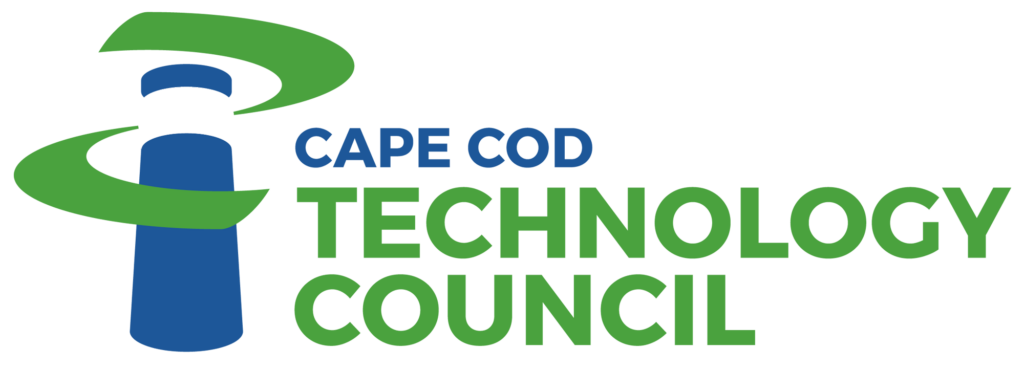We hit on some hot topics at May’s Infrastructure Committee meeting, including housing, broadband, water innovation and STEM.
The meeting began with a recap of the 5th Smarter Cape Summit, “Housing on the Cape: It’s smart to be Dense.” The results of the CCYP Shape the Cape survey confirmed the outflow of young professionals from the Cape. A significant factor driving the outflow is housing costs. For many families, the price of a home is unattainable. Half of the 2200 homes for sale on Cape Cod are priced at over a million dollars, yet a typical young professional household’s median income only qualifies for a $330,000 house. Potential solutions include downtown development and multiunit housing developments.
The trend for millennials is to have a village/urban environment, with readily available amenities such as restaurants and entertainment venues. Millennials also expect the availability of robust broadband. And it’s not just millennials that benefit from denser living. As Cape residents age, it’s very difficult to get around without driving.
Next year, the Smarter Cape Summit will be about the Blue Economy – a subject that’s on the Technology Council’s radar. Robyn Hannigan, Founding Dean, School for the Environment at the University of Massachusetts-Boston, spoke at our Annual Meeting about the economic opportunities surrounding climate change. As weather patterns change, different infrastructure issues will need to be addressed. Our area will certainly be impacted, and there may be opportunity to develop technology for coastal communities. How can we be a leader in technologies that are being used around the world for managing water?
The water innovation industry in Massachusetts is probably the most robust in the world right now. Cape Cod Community College is participating in New England Water Innovation Network, including their SWIM Summit this month.
Infrastructure Committee members also reported on a recent conference with the Mass Broadband Institute regarding last mile broadband deployment. There are resources for communities that want to do last mile planning but the priority is communities that don’t have broadband at all. The take-away was the need for a memorandum with a needs assessment, as well as finance literacy so the general public understands how projects get funded.
Finally, a resident of Sandwich joined the meeting, asking for feedback on a STEM incubator she’s envisioning. Since this is something that’s come up over the years, the committee was able to provide contacts to people who tried similar projects so she can learn what didn’t work and why, and not have to reinvent the wheel.
Considerations include traffic patterns and the cost of rehabilitating a historic building. Committee members suggested not linking it to a location, but rather developing the concept and finding a model that will sustain itself.
